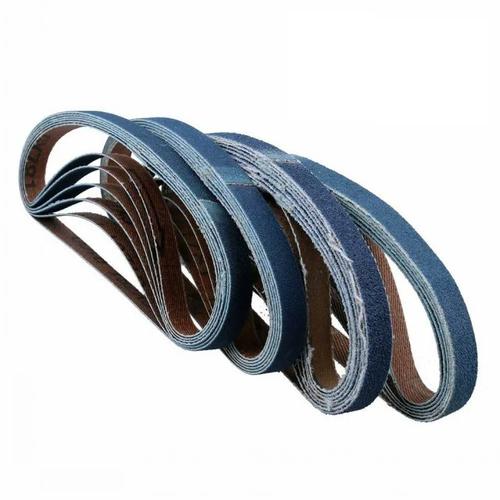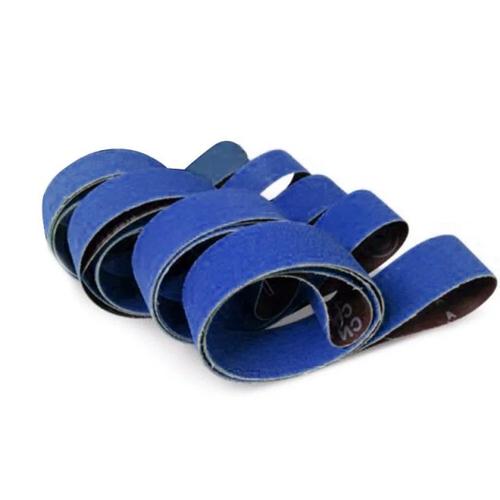Sanding Belts: A Comprehensive Guide
Are you looking to enhance your woodworking or metalworking projects? Sanding belts are essential tools that can help you achieve smooth and precise finishes. In this detailed guide, we will explore the various aspects of sanding belts, including their types, uses, and maintenance. Whether you are a DIY enthusiast or a professional, this article will provide you with valuable insights to make informed decisions when selecting the right sanding belt for your needs.
Understanding Sanding Belts
Sanding belts are abrasive strips made of various materials, designed to remove material from a workpiece’s surface. They are commonly used in woodworking, metalworking, and other industrial applications. Here’s a closer look at the key components of a sanding belt:

- Backing Material: The backing material provides the structure for the sanding belt. It can be made of rubber, canvas, or other synthetic materials.
- Abrasive Material: The abrasive material is the part that actually removes material from the workpiece. It can be made of aluminum oxide, silicon carbide, or other abrasive compounds.
- Coating: The coating is applied to the abrasive material to enhance its performance and durability.
Now that we have a basic understanding of sanding belts, let’s dive into the different types available.
Types of Sanding Belts
Sanding belts come in various shapes, sizes, and abrasive grades. Here are some of the most common types:
- Flexible Sanding Belts: These belts are ideal for curved or contoured surfaces. They are available in different widths and lengths, and can be used on both wood and metal.
- Flat Sanding Belts: Flat belts are perfect for flat surfaces, such as tables, floors, or walls. They are available in various grit sizes and can be used for both woodworking and metalworking.
- Hook and Loop Sanding Belts: These belts feature a hook and loop fastening system, making them easy to attach and remove from sanders. They are available in various grit sizes and are suitable for both wood and metal.
- Diamond Sanding Belts: Diamond belts are designed for cutting and grinding applications on hard materials, such as glass, stone, and ceramics. They offer excellent durability and are available in various shapes and sizes.
When selecting a sanding belt, consider the following factors:
- Material: Choose a belt made of the appropriate material for your application.
- Shape and Size: Ensure the belt fits your sander and the workpiece you are sanding.
- Grit Size: The grit size determines the coarseness or fineness of the abrasive material. A lower grit size is suitable for removing material, while a higher grit size is ideal for achieving a smooth finish.
Using Sanding Belts
Using sanding belts correctly is crucial for achieving the desired results. Here are some tips for using sanding belts effectively:

- Choose the Right Grit Size: Start with a coarse grit size to remove material quickly, then gradually move to finer grit sizes for a smooth finish.
- Apply Even Pressure: Apply even pressure to the sanding belt to ensure consistent results.
- Keep the Belt Moving: Avoid letting the belt sit in one place for too long, as this can cause overheating and damage to the workpiece.
- Change Belts Regularly: Replace the sanding belt when it becomes worn or clogged with debris.
Maintaining Sanding Belts
Proper maintenance of sanding belts is essential for extending their lifespan and ensuring optimal performance. Here are some tips for maintaining your sanding belts:
- Store Belts Properly: Keep your sanding belts in a dry, cool place to prevent them from becoming brittle or losing their shape.
- Inspect Belts Regularly: Check for signs of wear, such as frayed edges or clogged abrasive material, and replace the belt as needed.
- Clean Belts After Use: Wipe down the belt with a damp cloth
